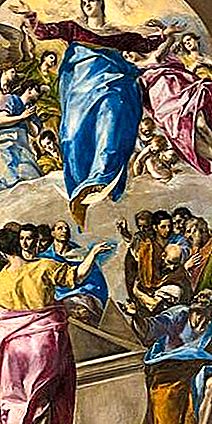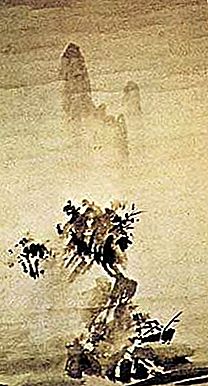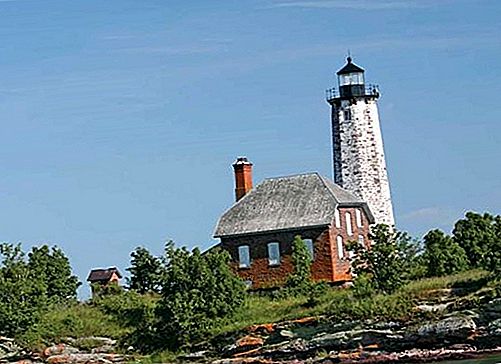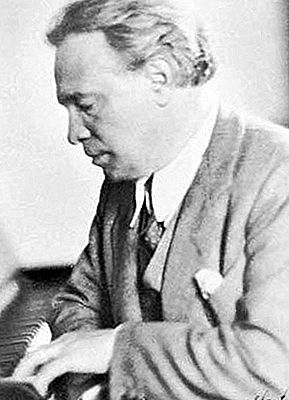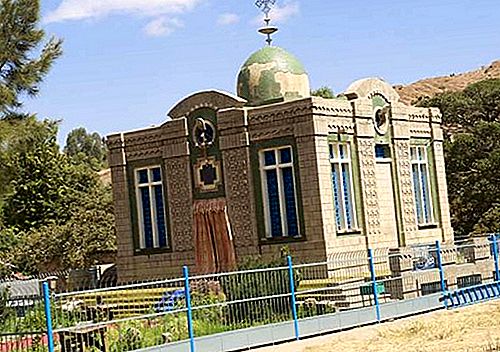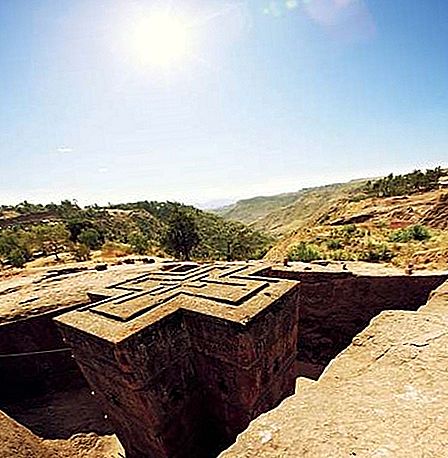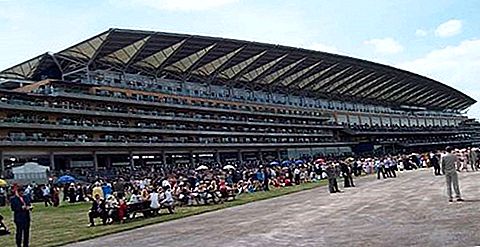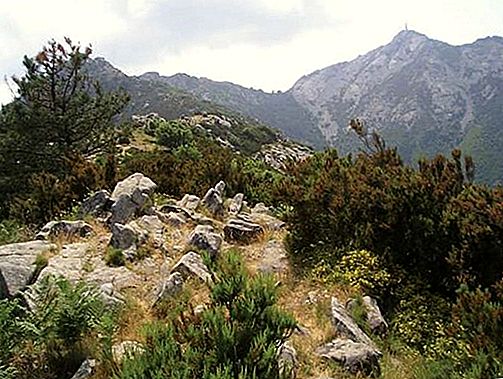El Greco, byname of Doménikos Theotokópoulos,(born 1541, Candia [Iráklion], Crete—died April 7, 1614, Toledo, Spain), master of Spanish painting, whose highly individual dramatic and expressionistic style met with the puzzlement of his contemporaries but gained newfound appreciation in the 20th century. He also worked as a sculptor and as an architect.
Early life and works
El Greco never forgot that he was of Greek descent and usually signed his paintings in Greek letters with his full name, Doménikos Theotokópoulos. He is, nevertheless, generally known as El Greco (“the Greek”), a name he acquired when he lived in Italy, where the custom of identifying a man by designating country or city of origin was a common practice. The curious form of the article (El), however, may be the Venetian dialect or more likely from the Spanish.
Because Crete, his homeland, was then a Venetian possession and he was a Venetian citizen, he decided to go to Venice to study. The exact year in which this took place is not known; but speculation has placed the date anywhere from 1560, when he was 19, to 1566. In Venice he entered the studio of Titian, who was the greatest painter of the day. Knowledge of El Greco’s years in Italy is limited. A letter of November 16, 1570, written by Giulio Clovio, an illuminator in the service of Cardinal Alessandro Farnese, requested lodging in the Palazzo Farnese for “a young man from Candia, a pupil of Titian.” On July 8, 1572, “the Greek painter” is mentioned in a letter sent from Rome by a Farnese official to the same cardinal. Shortly thereafter, on September 18, 1572, “Dominico Greco” paid his dues to the guild of St. Luke in Rome. How long the young artist remained in Rome is unknown, because he may have returned to Venice, about 1575–76, before he left for Spain.
The certain works painted by El Greco in Italy are completely in the Venetian Renaissance style of the 16th century. They show no effect of his Byzantine heritage except possibly in the faces of old men—for example, in the Christ Healing the Blind. The placing of figures in deep space and the emphasis on an architectural setting in High Renaissance style are particularly significant in his early pictures, such as Christ Cleansing the Temple. The first evidence of El Greco’s extraordinary gifts as a portraitist appears in Italy in a portrait of Giulio Clovio and Vincentio Anastagi.

